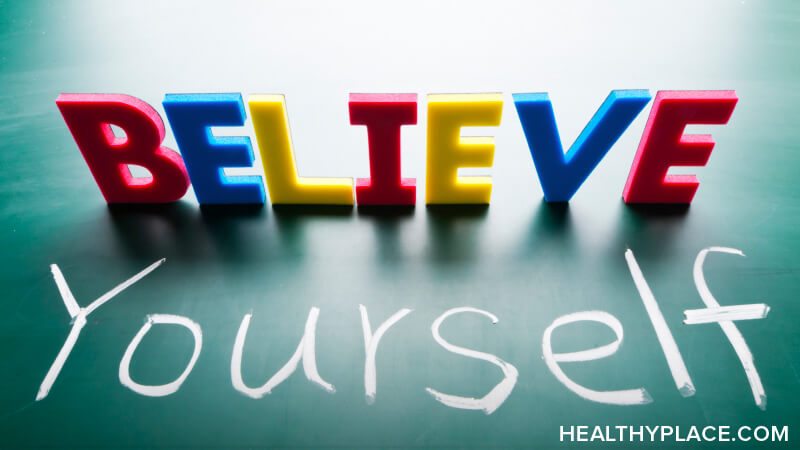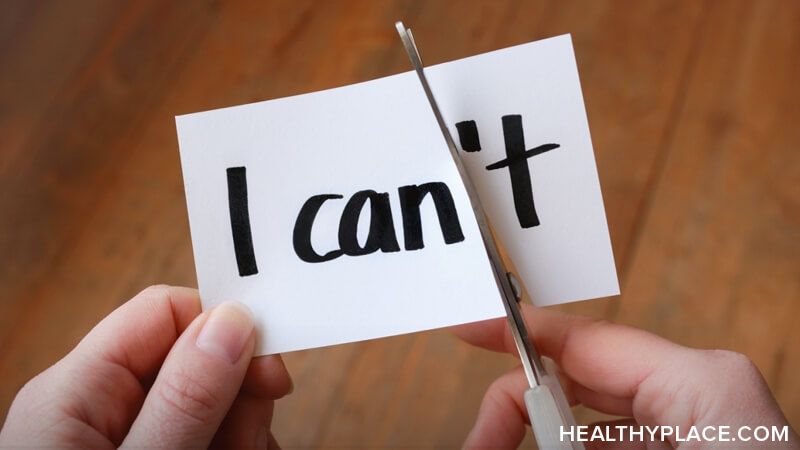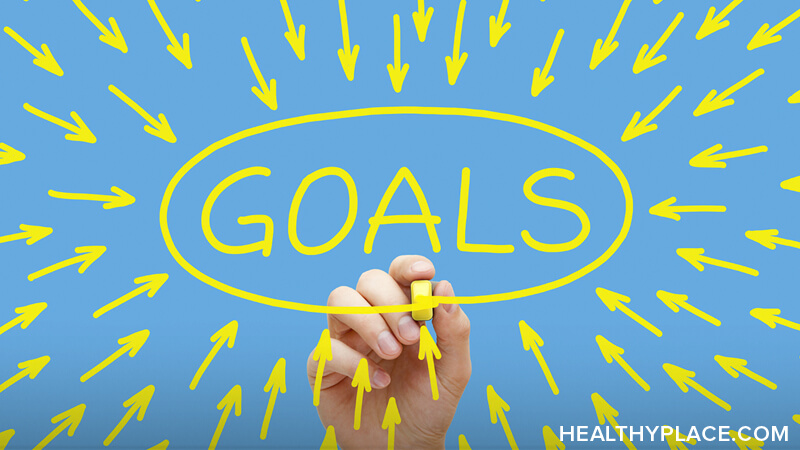5 Self-Confidence Tips that Provide Powerful Results

Self-confidence tips—powerful ways to impact your thoughts about yourself and the actions you take (or don’t take) because of how you regard yourself—exist because self-confidence isn’t passive. It’s not something someone merely has or does not have. Self-confidence is a skill, and like all skills, it takes practice to develop. Self-confidence is an active process encompassing both thoughts and actions.
Self-confidence isn’t reserved for a lucky few; instead, it’s something absolutely everyone can develop—including you. The following five self-confidence tips are potent ways to cultivate and increase self-confidence.
Five Powerful Self-Confidence Tips
- Develop a sense of yourself. An effective starting point for gaining self-confidence is discovering who you are—who you really are, at your core, as opposed to what you think others want you to be. This is a process that is intentional and active. Explore your interests, values, desires, wishes, inspirations, style, strengths, and more, and record these in a way that is meaningful to you: a journal, a collage, a photo essay, etc. Actively and intentionally exploring and recording who you are creates a strong foundation for self-confidence.
- Accept yourself fully. You are a human being, and as such you are multi-faceted and imperfect. Knowing, acknowledging, and accepting your strengths and your weaknesses help you gain self-confidence. When you focus on what you perceive are glaring flaws and proceed to beat yourself up for possessing them, that’s where your attention lies. Your emotions and actions follow your focus. Rather than ruminating about your human weaknesses and trying to resist them, accept them as part of who you are. Notice, accept, and move on. Shifting your attention to what you do right rather than wrong enhances self-confidence.
- Give yourself permission to want. Many of us are taught from a young age that desire is selfish, even bad. Naturally, that destroys self-confidence. Wanting things is the core of healthy goal-setting. When you beat yourself up for wanting something, you get in your own way and make it hard to create and pursue goals. Then, when you’re blocked from achieving what you want to, your self-confidence takes a dive. Know yourself. Know what you want. Give yourself permission to want it. This allows you to set goals and take steps to make them happen, which increases self-confidence.
- Live fully in the present. Low self-confidence is, in part, connected to being stuck in the past or worrying about the future. That increases anxiety and decreases self-confidence. Rather than getting worried about what you “should” do or “should/should not” have done, live fully in the present moment. Be mindful of what’s going on around you, what you are thinking, and what you are doing. Challenge negative thinking and embrace the positive right now.
- Develop your whole self. Self-confidence is about positive thoughts and actions. These don’t always have to do with achievements. Quite the contrary, actually, for getting caught up in having to constantly achieve sets up unrealistic expectations, thus reducing self-confidence. Instead, allow yourself to simply be. Discover things about yourself and in your life that create a sense of peace and joy, and do them. Develop hobbies, explore your interests, practice self-care, connect with others, volunteer, make opportunities to laugh. Allowing yourself to enjoy your life boosts positivity and increases self-confidence in a fun way.
Building self-confidence is like honing any other skill. It doesn’t just happen; instead, it takes effort and practice. Taking charge of your self-confidence directly affects quality of life. The mere act of actively putting to use the five tips for self-confidence provides powerful results for everyone. Yes; you, too.
APA Reference
Peterson, T.
(2021, December 24). 5 Self-Confidence Tips that Provide Powerful Results, HealthyPlace. Retrieved
on 2025, April 29 from https://www.healthyplace.com/self-help/self-confidence/5-self-confidence-tips-that-provide-powerful-results
 Because self-confidence is so important to mental health and wellbeing, it’s common for people to want to know how to increase their self-confidence. Self-confidence is the courage someone has to know himself, believe in himself, and act on those beliefs. Self-confidence is self-respect and positive self-regard. To improve self-confidence is to improve the quality of one’s life.
Because self-confidence is so important to mental health and wellbeing, it’s common for people to want to know how to increase their self-confidence. Self-confidence is the courage someone has to know himself, believe in himself, and act on those beliefs. Self-confidence is self-respect and positive self-regard. To improve self-confidence is to improve the quality of one’s life.






